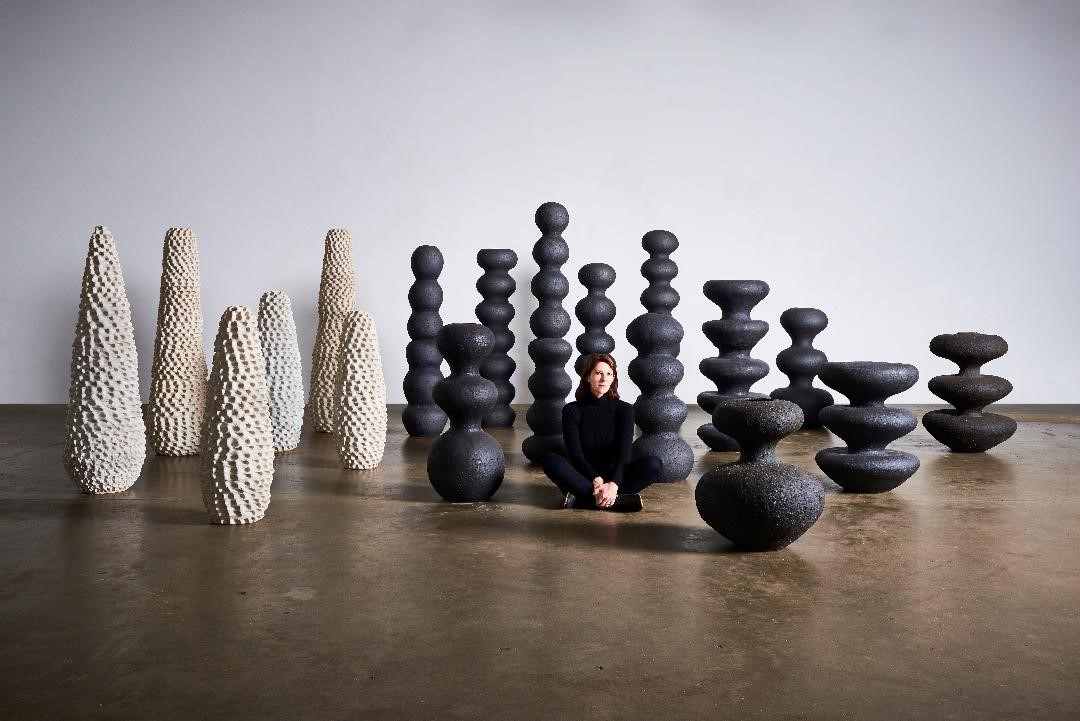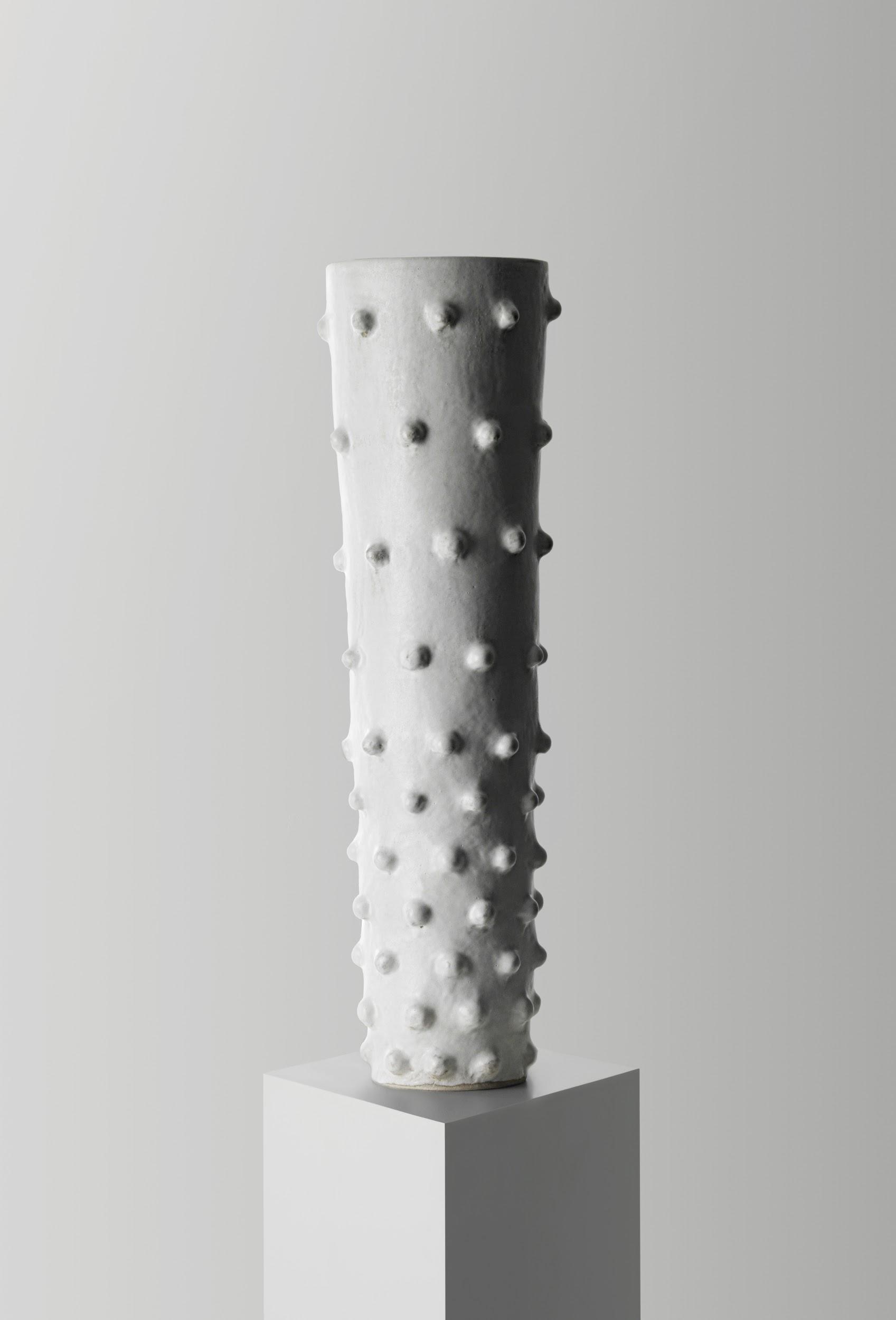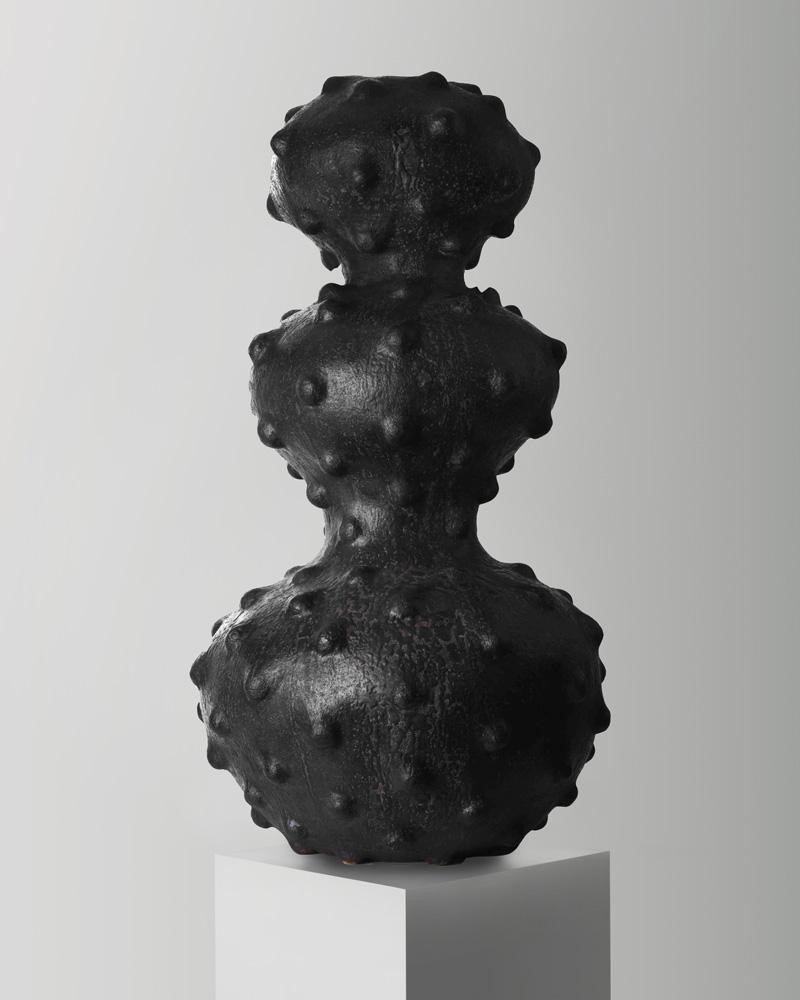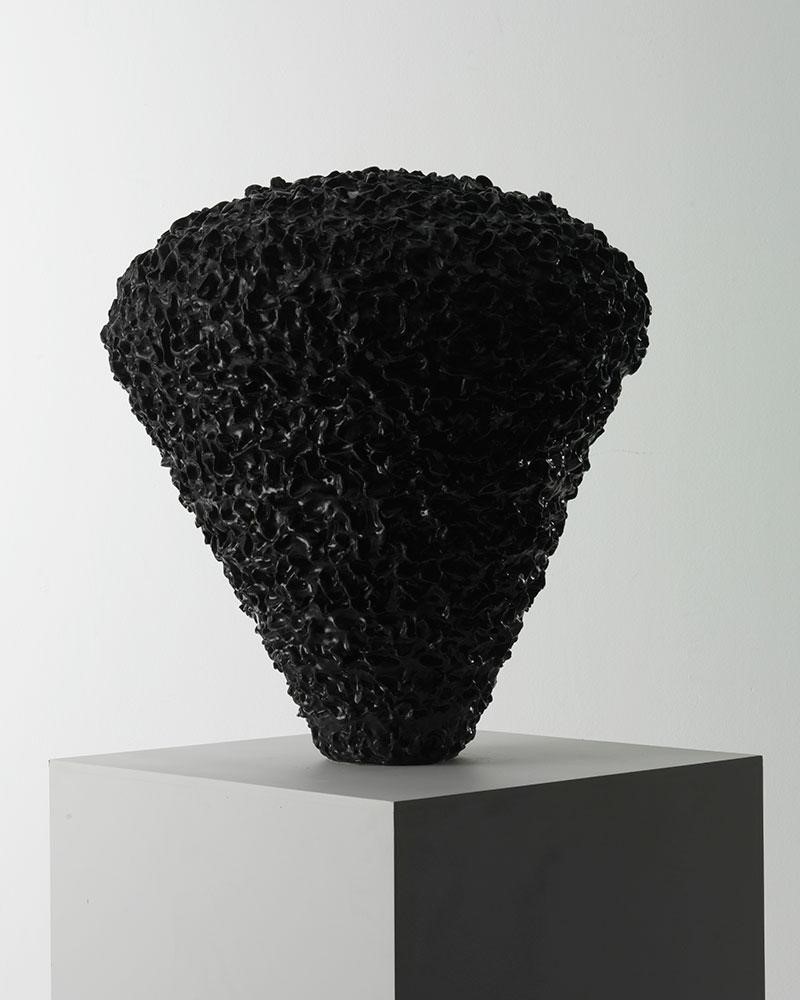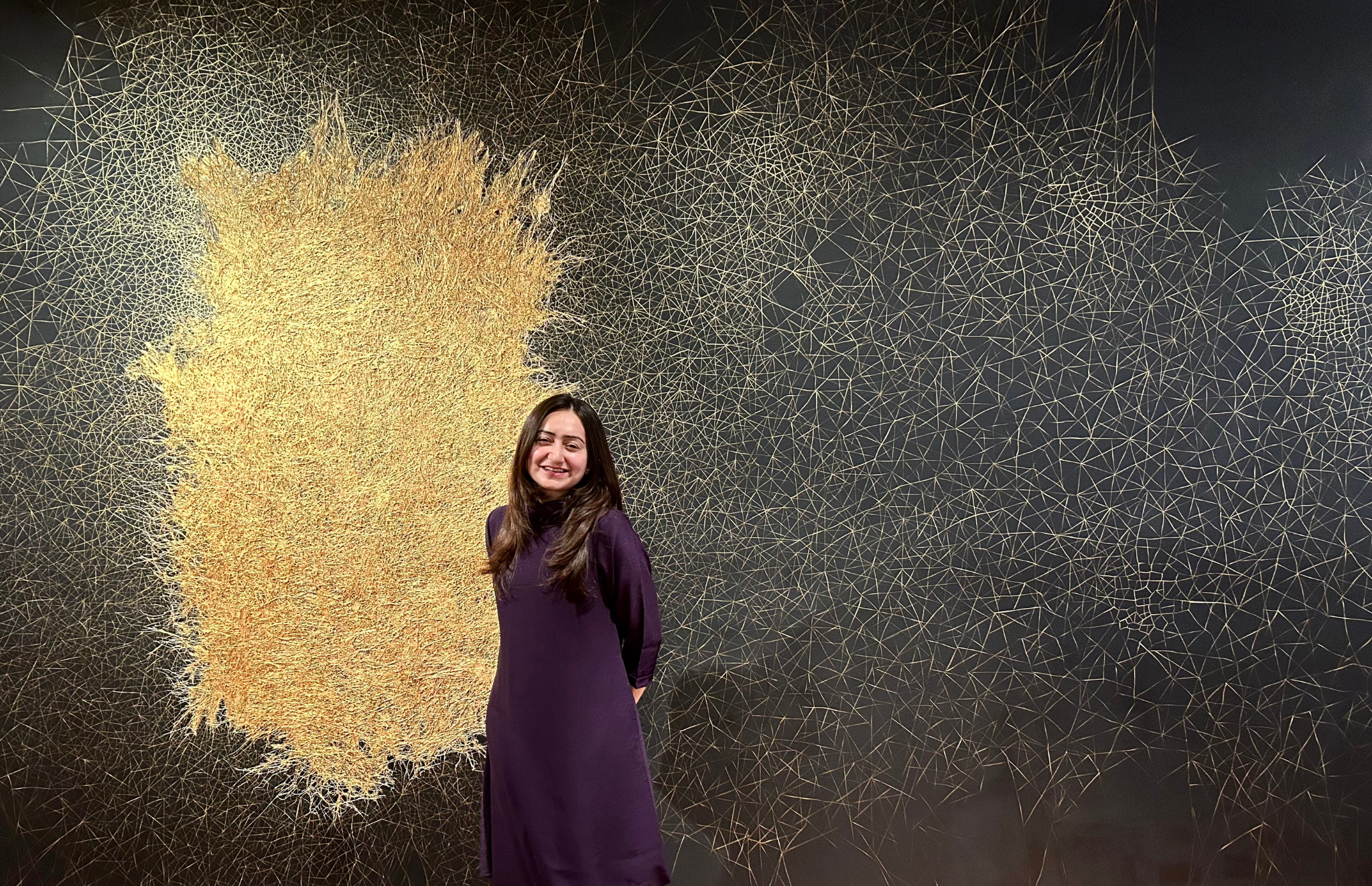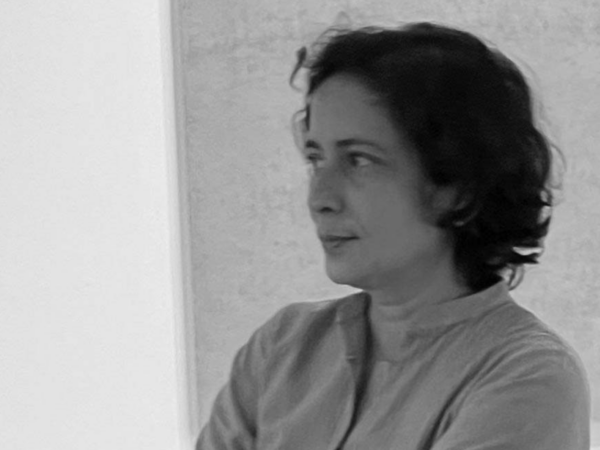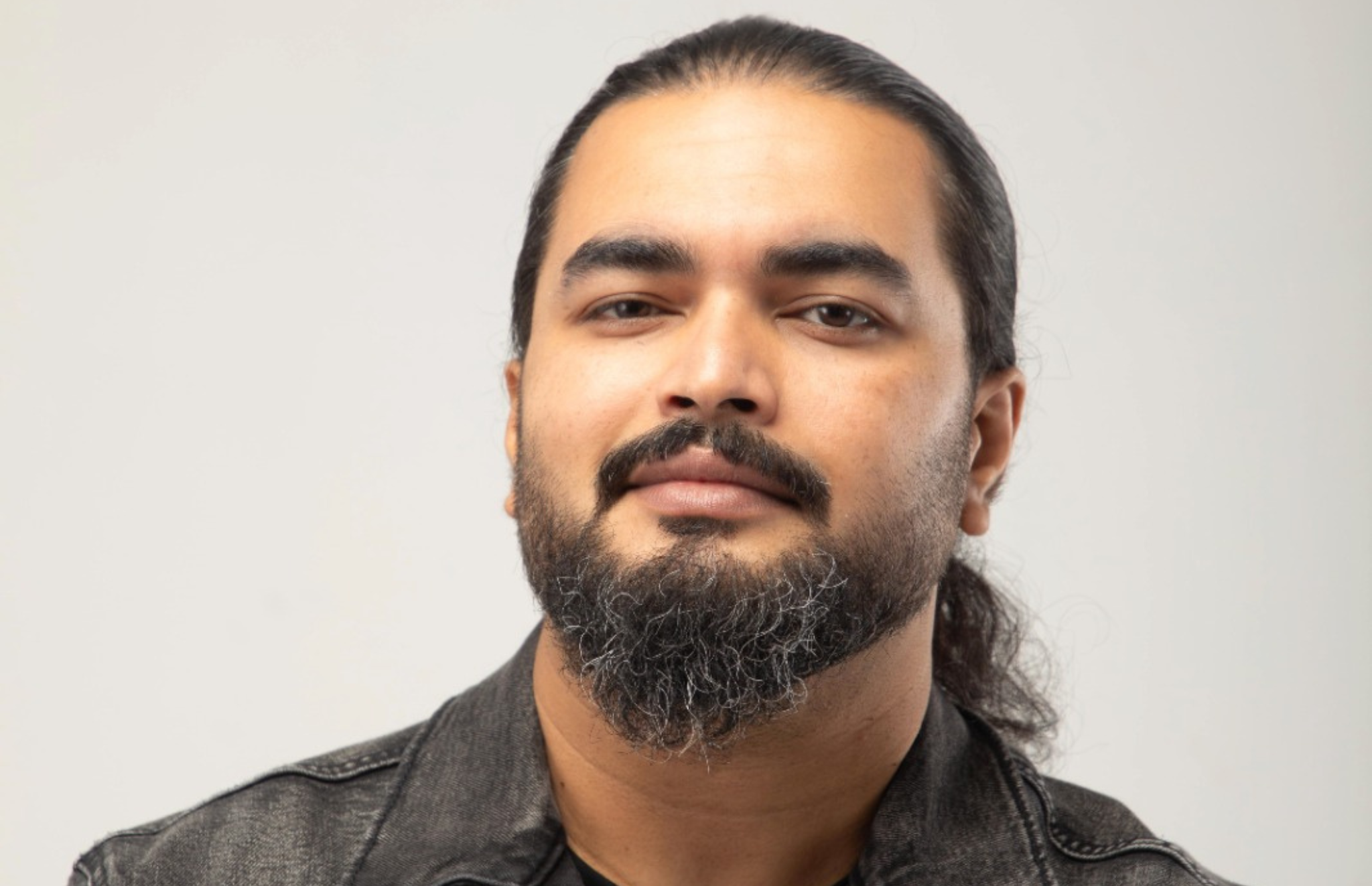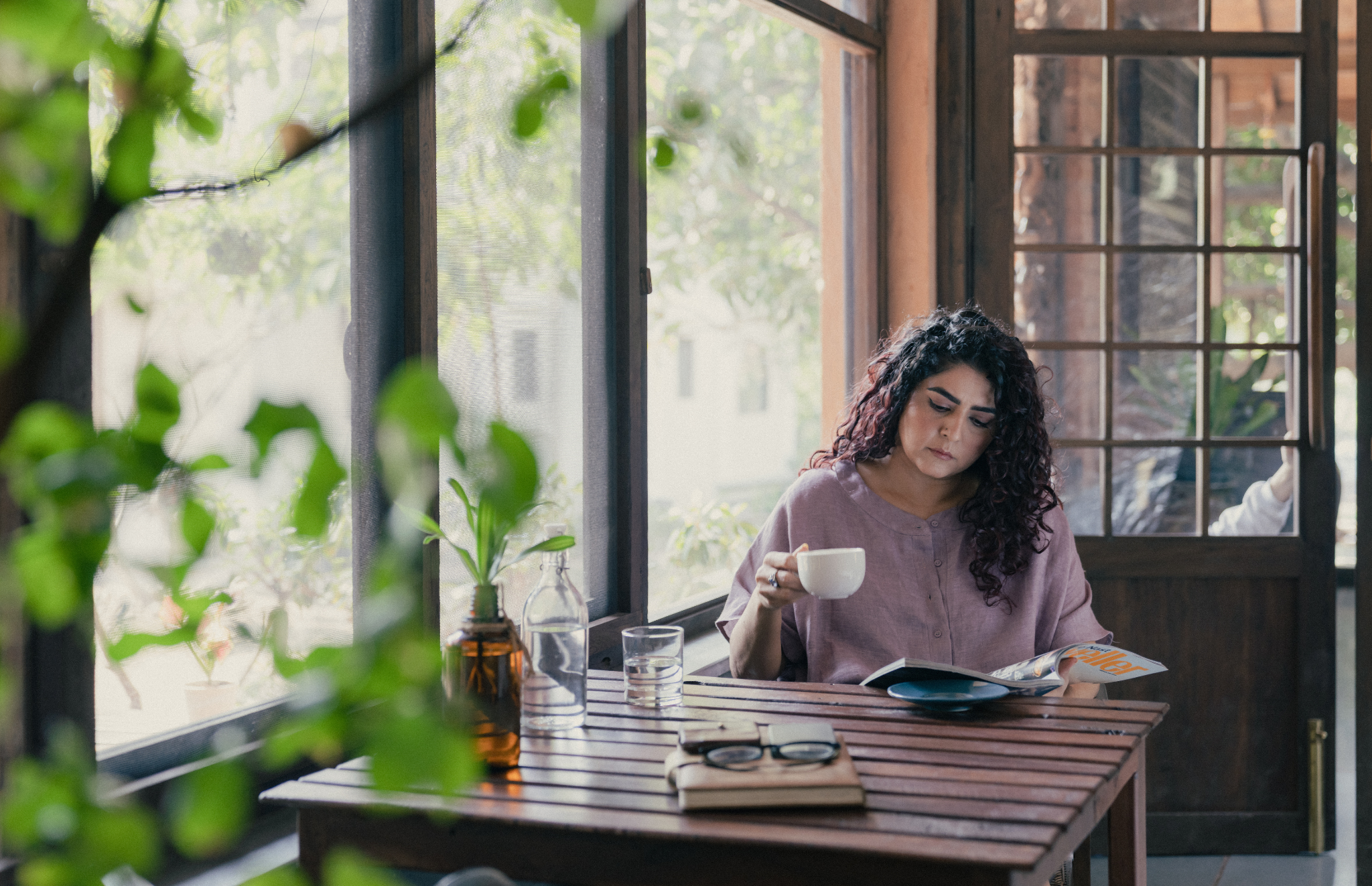Abigail Ozora Simpson (born 1964 in London) is a contemporary sculptor working in clay. Ozora Simpson studied acting at the Drama Centre, London (1983–1987). The daughter of the painter Michael Simpson, Abigail’s original intention was to become an actor; she studied at the Drama Centre in London but after graduating she became more and more focused on ceramics. Her hand-coiled sculptural vessels produced in her Margate studio quickly gained an international reputation and led to her work being exhibited in London, New York, Miami, and Los Angeles. Simpson’s work has been cataloged in two Post‐War British Art Auctions at Christie’s.
SP:A brief introduction to your early education?
AOS: I went to school in Bath, a great city to grow up in the 1970s. I then studied Theatre and went on to ‘Drama Centre London’ for a 3-year Diploma course. I discovered ceramics at the age of 26 quite by chance. This led to a City of Guilds and advanced city of guilds in ceramics and joining my first studio.
SP: Which artists are you most influenced by?
AOS: So, I have to tell my parents first. I grew up around painting and sculpture. My mother was very talented and my father Michael Simpson makes huge paintings and has taught me the importance of discipline. I have been influenced by Constantin Brancusi, Jean Arp, Henry Moore, Lucie Rie, Barbara Hepworth, Gillian Lowndes, Piero Manzoni, Vivienne Westwood, Alexander Mcqueen, Giorgio Armani, David Bowie, Punk Rock, Modernism, Rebecca Horn, Mona Hatoum, African pottery…. I could go on!
SP: What was your practice at an early stage?
AOS: I have always made coil pots having been influenced by the simple forms and work process of African pottery. Throwing on a wheel has never interested me. It has always been about scale and form and the relationship between the pieces. The Bobble pot was my first signature vessel. I fired a small ball of clay and found that if I pushed this from the inside it would create an interesting texture. I still like to make a Bobble pot from time to time. My work was definitely more decorative early on which is something that I have almost left behind now. Very occasionally I get a decorative urge !! The first really large body of work I made was 21 large vessels inspired by the work of Giorgio Armani’s exquisite exhibition of his clothing at the Guggenheim NY. I exhibited the work at Ralph Pucci NY in 2001. I had by then been making ceramics for 8 years but this was the first coherent collection.
SP:What are you currently working on?
AOS: I am working on a few projects at the moment. I am having a show at Ralph Pucci NY sometime soon! It was October but It probably will be next year now. I am making 13 huge ( up to 6ft tall ) sculptures out of a very coarse black clay. I have really found myself over the past two years and it shows in my work. There is new integrity to the work that has come from confidence and belief in me as a practicing ceramic sculptor. I know what I want to make and have a strong discipline and work ethic and this has led to the work maturing. I am also working on a smaller collection for a gallery in Antwerp called ‘Modern Shapes’. Again from the black coarse clay. Hopefully for May 2021. I need time to make, dry, and fire a collection of work. It’s a long process.
SP: Your work has often engaged with the surface and scale, as well as with the “raw, visceral properties of the material” in your own words. Would you like to elaborate on that?
AOS: The clay is everything. Your starting point is this solid mass. A lump of earth. The relationship between the maker and their material is paramount and so you need to know that you can work together. I choose to work with an extremely dense coarse black clay. (In fact, it is red in color before it is fired.) The clay is strong and contains grog.. (ground-up pieces of fired clay to give it extra strength.) Because of the nature of the shapes that I make I need to trust in my materials in its rawest state. As I have said, it’s a long process and the preparation and execution at the initial stages are as crucial as the development of shape and surface texture. The surface comes later and is for me the most enjoyable part of the making process. The scraping down and burnishing of the clay, pushing back the grog, or the reverse, the fluffing up of the surface texture leaving it open and rough and raw. What I am saying is that long before the sculpture starts to take on a form there is a process where i need to be able to control my material. Then you can hone in on the object and take care and pamper and love. Every ceramicist knows that it’s a very demanding medium.
SP: What drew you to ceramics and sculpture as an artist?
AOS: Do elaborate on the hand-coiled sculptural vessels that have been constant in your work. I was in denial of any artistic talent that I had as a young woman. As a child, I wanted to act and be different from my parents. It was by chance that I came to make a pot and this led to an immediate love affair with clay and its endless possibilities and constrictions. I loved the risk and still do this amazing thing called clay. It was never predictable or boring. I was drawn to wanting to pursue a career in ceramics for a number of reasons. Firstly, It was so exciting when I realized I could do this thing. Make pots. I would dream about it and rush to continue with whatever I was making. It was in my thoughts constantly and I was and still am forever planning and creating in my mind. It was a relief as well, I had become self-conscious and had begun to find acting very uncomfortable. Here was a way of expressing myself, but I was not the focus..the work was. I embarked relatively early on in making large and then monumental vessels and sculptures, which I guess hark back to my theatrical past. I was fascinated by the beautiful pictures in my mother’s book of African women making coiled pottery. The simple yet elegant forms that could be produced by literally rolling out long coils and sticking them together. An exhibition at the British Museum of African pottery really got me excited and I have been a lover of coil pots ever since. I love the imperfection that there will inevitably be in a coil pot. Even the most skilled potter could not make a 100% perfect coil pot. This is beauty. Whatever I make I hope there is still an essence of that simple naivety that I first fell in love with.
SP: You have mentioned that your sculptures move through “different architectural stages” which corresponds with your desire to leave “traditional studio pottery” behind. What medications on traditional pottery methods have you realized throughout your practice?
AOS: This is a question I ask myself frequently. It comes down to this: the relationship between function, shape, craft, and art. In many ways, I am a traditional studio potter and I say that with pride. It is a wonderful craft and the history and provenance of ‘pottery’ are vital to my work. However, pottery has had its roots firmly planted in the category of craft and now many people working with clay are asking the same questions. At what point do you make that transition between craft and art or between a vessel and a sculpture? I have been concentrating on pushing the boundaries of the vessel to a point where it becomes something more. The form has always been paramount in my work and I am hoping to achieve the creation of an object that can transcend any immediate recognition of the process and even the material. It has been a slow journey over time from pots and vessels, decoration and texture, and function and non-function and risk. Lots and lots of risk.
SP: How would you describe your experience in designing for Ralph Pucci; what were your artistic and design elements that corresponded with the designs at Ralph Pucci?
AOS: I have never designed for Ralph Pucci. He saw my work and liked it enough to take me on and represent me. When we work together it is more of a collaboration. I show him my sketches for a new body of work and we discuss ideas – what he thinks would work and what he is not so keen on. He is extremely open and upfront and knows what works for Ralph Pucci International. Something about the organic and visceral quality of my work and the juxtaposition between the ancient and modern fits with the ethos of the gallery. Of course, the showroom in New York is colossal and the appeal of the scale of my work plays a part.
SP: What are you working on at the moment? How were the pandemic and its effects on our everyday life affected your practice?
AOS: Alongside the 2 exhibitions I have mentioned, I have been working on a project that has really challenged me. I was asked to design and make two large ceramic low tables that relate to each other, by a client in Paris. One is in Platinum silver luster and one in a satin white glaze. Fortunately, the commission came just as my assistant and ceramicist Josephine Mette Larson arrived from Denmark to work with me for three months. We have been extremely fortunate to have my large studio to escape to and work every day on the planning and execution of the tables. They look beautiful but are drying slowly. They still have to go through 3 firings in the kiln! My practise if anything has been more intense since the pandemic. I have had more time and energy and have also been able to catch up with social media.
SP:What’s your vision for the future?
AOS: There are two answers to this question… First. I feel that this is my time. I have 2 teenage boys who do not want much to do with me !! So, I have a lot more time to work. I hope to stay healthy and for my body not to let me down. I have to be careful as the intense physical pressure of constant manipulation of clay takes its toll on my hands. I hope to develop my practice and keep making huge pieces. I am also toying with the idea of casting the two coffee tables in the metal of some kind. A homeware range is on the cards as well. Time is the enemy!! Second Vision of the future is a wonderful house in the south of France with a huge studio in a barn. The sun was shining and my very strong handsome Frenchman lifted my work into the kiln for me.
Image Courtesy: Abigail Ozora Simpson
Find out more about the Artist:
http://abigailozorasimpson.com/


